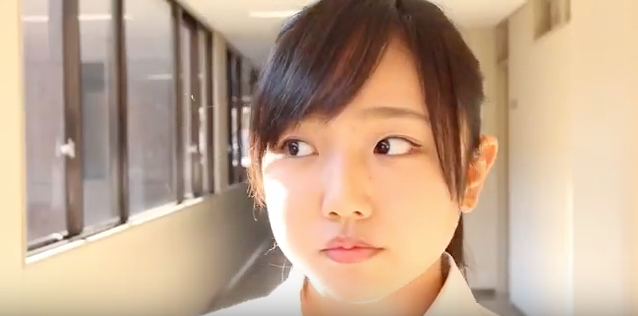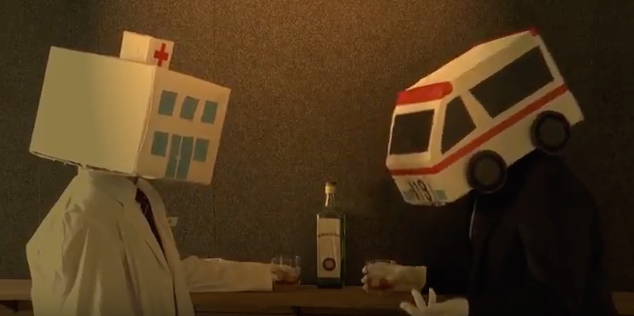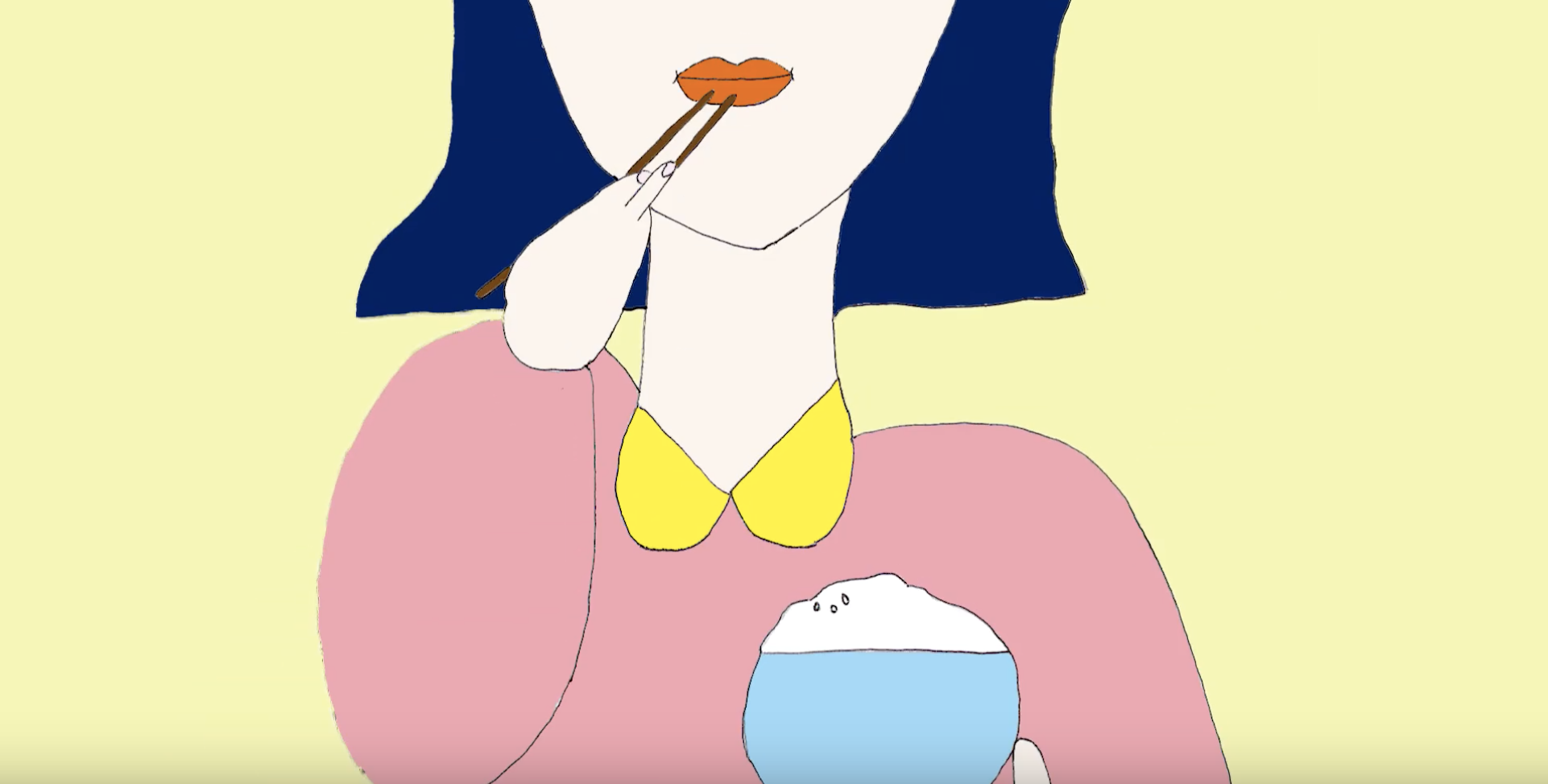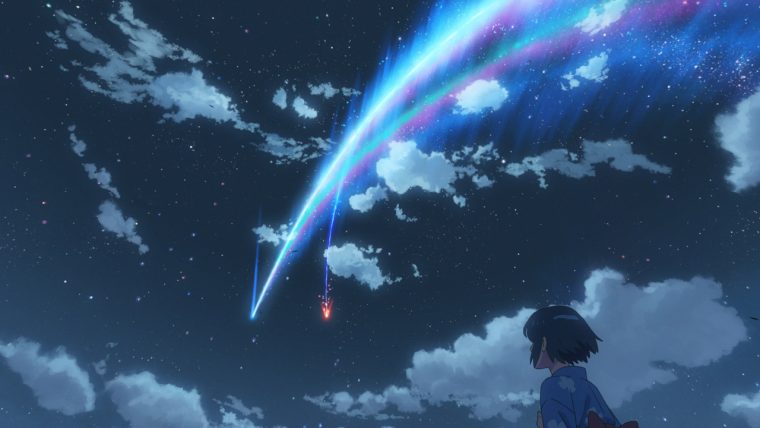Video Origin: Official YouTube Channel of Doshisha Women’s College of Liberal Arts
Translators: Suki & Lizzie
Japanese script and English translation
だまれよ、きもい・ Shut up, freak!
あいつまじ無理・ I can’t stand her!
そろそろうざい・ So freaking annoying
うるせえよ・ Shut the hell up
きもい(消えない)・ You’re annoying (it won’t come off)
鬱陶しい(消えない)・ You’re so irritating (It won’t come off!)
早く死ね(消えない)・ Just die already! (It won’t come off!)
絶対に許せない(消えない)・ Unforgivable!!! (IT WON’T COME OFF!!!)
その書き込み、刺青と同じです・ Bullying is like a tattoo; the marks last forever.
About the Video
This is an anti-bullying PSA (public service announcement)-style video, which shows that bullying is like a tattoo, and the marks it leaves will last forever, and cannot be washed off.
Intended Audience
The intended audience is everyone, but with a special focus on high school students, who tend to have higher rates of cyber-bullying than other groups.
Translation Challenges and Solutions
The most difficult thing about translating this video was trying to decide if the tattoos were things the person had said to someone else, or things that were said to the person. It can be said that harassment permanently affects those who are bullied and thus they wear the offensive comments like tattoos, but it could also be interpreted to be that offensive comments made towards others stick to the bully as a sort of mark of shame, manifested as a tattoo in this video. We interpreted it differently, and since we were ultimately unable to decide which it was, we made the wording deliberately ambiguous so that it could go either way. For example, we tried to remove all subjects from the sentences, so something like “She is so lame” became “so lame”, to eliminate any directionality. Also, most people don’t say complete sentences when bullying, so the subject-less fragments ended up sounding more offensive, which is the point.
Where Did We Get The Most Creative?
Suki thought that the place where we got the most creative was when we changed the repeated sentence 「消えない」(it won’t come off) to be slightly different each time it was repeated in English, to add emphasis. We did so by adding punctuation like “!” or making it bold, or all in CAPS.
Liz thought the place where we got the most creative was when we made the second draft to change the English to be more ambiguous. It was sometimes hard to find the wording that made the English understandable but vague, but it came out well.
Advice for Students Interested in Translating Videos
Our advice for translating videos is don’t just jump into the literal translation of the words right away. Watch the video several times and really try to understand the meaning, the intention of the video, the intended audience, and so on before you attempt to translate. That way, when you do start translating, you’ll be able to tailor your word choices to match the original intention of the video and the needs of the intended audience better. Also be sure to ask for advice from more experienced translators or native speakers to help avoid grammatical mistakes or strange wordings.
Overall Experience
Suki: There are more details than I thought (e.g. the subjects). Since I expected it to be hard, but it is actually better than I thought. And I think it is easier to translate video than to translate books or essays because you have a screen to look at and the audience has less space to imagine.
Lizzie: This was an ok experience, but I had more fun and learned more from my own side-project of translating a music video. This PSA was a bit too short and lacking in-depth substance in terms of translatable content to make for a particularly great experience. That’s not to say that I didn’t learn anything from it, but I felt that my experience of trying to parse song lyrics ended up being both more engaging and more useful as a translation experience rather than this PSA that was not intended for an English speaking audience in the first place.



